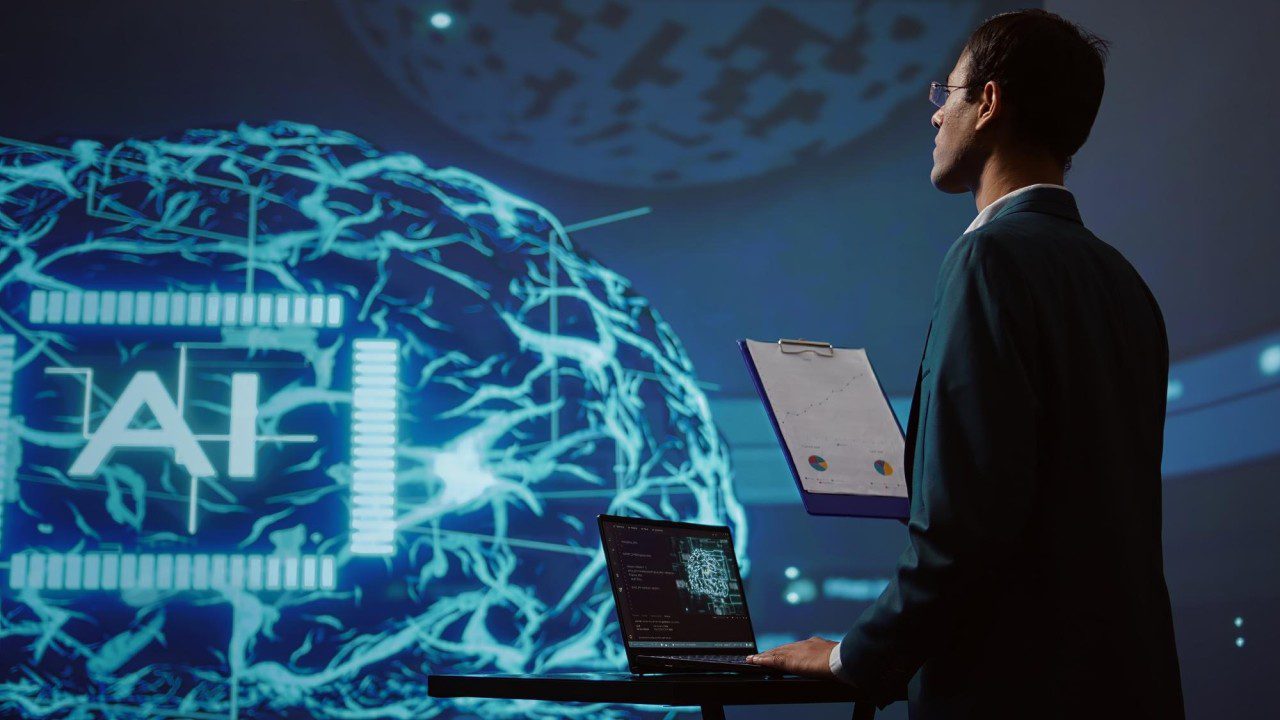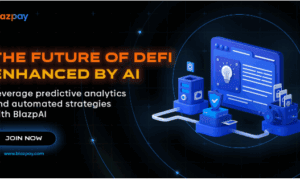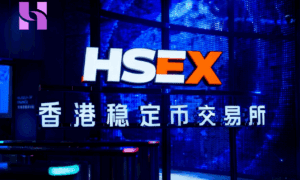Generative AI has emerged as one of the most powerful technological breakthroughs in recent years, reshaping how we create content, solve complex problems, and experience digital interactions. From producing high quality text and realistic images to composing music, generating code, and simulating complex environments, generative AI is rewriting the rules of invention and creativity. It stands at the intersection of machine learning, human imagination, and data driven intelligence. As we move further into the digital era, its potential continues to expand across industries including healthcare, entertainment, marketing, engineering, and education.
Understanding Generative AI and How It Works
To understand what makes this technology so impactful, it is essential to look at how generative AI operates. Unlike traditional AI systems that follow pre programmed instructions or classify existing data, generative AI creates something entirely new. It learns from massive datasets through advanced deep learning models like Generative Adversarial Networks and Transformer based architectures. These models analyze patterns and structures from input data and then use that learning to generate original outputs that resemble human creativity.
Generative AI systems are trained on billions of examples allowing them to replicate artistic styles, improve design iterations, or even assist with difficult scientific modeling. Every generation is built on what the model has learned, which means the more it is exposed to data, the better and more accurate it becomes. This self improving nature allows generative AI to unlock new capabilities and refine results over time.
The Evolution of Generative AI
The journey of generative AI began with early neural network experiments but accelerated rapidly with the introduction of GANs in 2014. GANs transformed image generation and opened new pathways to producing lifelike visual content. A second major leap came with large language models which made text generation more coherent, contextual, and useful for real world applications.
Today generative AI tools like ChatGPT, DALL·E, Midjourney, and Gemini have entered mainstream use. These systems have demonstrated that machines are capable of drafting business documents, illustrating creative ideas, and enhancing workflows that once required manual labor. Continuous advancements in training methods, hardware acceleration, and dataset availability ensure that we are only seeing the beginning of what this technology can achieve.
Real World Applications Across Industries
The true impact of generative AI shines in its use cases. Businesses worldwide are integrating these tools to save time, increase productivity, and unlock fresh opportunities. In marketing teams rely on generative AI to produce compelling campaigns, create product descriptions, and personalize messages for different audiences. Designers and creative professionals use AI powered drafting tools to explore multiple concepts in seconds rather than days.
Healthcare benefits through AI generated protein structures, drug discovery simulations, and medical report automation that support doctors and reduce workloads. The entertainment industry produces visually stunning animations, deepfake actors, and hyper realistic gaming environments powered by machine generated elements.
In education students and teachers alike enjoy intelligent learning assistants that simplify complex topics and provide dynamic tutoring experiences. Even the finance sector takes advantage of this technology through automated forecasting, fraud detection enhancements, and synthetic data creation for secure testing environments.
How Generative AI is Changing the Creative Landscape
The shift in digital creativity brought by generative AI is particularly remarkable. Creative work has always been considered a uniquely human trait built on emotion, perspective, and intuition. Yet AI models are now contributing to art and media production in significant ways. Writers can expand ideas into fully structured content at rapid speed. Musicians experiment with new sounds and harmonies using intelligent composition tools. Filmmakers create visual worlds without relying solely on physical talent or costly equipment.
Instead of replacing human creativity, generative AI acts as a collaborator. It accelerates brainstorming, allows more experimentation, and removes repetitive barriers in workflows. Artists gain a supportive partner that can interpret suggestions, refine ideas, and present new directions that might never have been explored. Humans remain the original visionaries while the technology amplifies their capabilities.
Ethical Considerations and Challenges
Even with its tremendous promise, generative AI also introduces important ethical concerns. Since the models learn from existing data, they can unintentionally reproduce biases related to culture, gender, and social stereotypes. Regulators and developers are working to ensure that responsible guidelines govern how training data is collected and applied.
Another key issue is authenticity. When AI produced images or voices become indistinguishable from real ones, misinformation and identity manipulation risk increases. Responsible verification systems and watermarking techniques are critical to maintaining trust in digital content.
There are also questions about job transformation. While generative AI reduces repetitive tasks and enhances efficiency, certain roles may evolve or shift entirely. Preparing the workforce through reskilling and education plays a vital role in ensuring a balanced and beneficial adoption of AI technologies.
The Role of Human Intelligence in a Generative World
Human involvement will remain essential no matter how advanced AI becomes. The role of professionals is changing but not disappearing. Users guide the AI, provide feedback, and apply human judgment to ensure that the generated content aligns with values, goals, and emotional authenticity.
Human intuition, cultural understanding, and moral responsibility cannot be fully encoded into algorithms. Therefore, collaboration between humans and generative systems creates the strongest outcomes. The technology handles intense computation while people shape the impact and experience.
The Future of Generative AI
As generative AI continues advancing, its capabilities will stretch even further into the real and virtual worlds. We will see smarter autonomous systems capable of making context aware decisions and working alongside people in every industry. Personalized digital experiences driven by AI will become the new standard for entertainment, learning, communication, and productivity.
Future AI models are expected to require less training data while delivering more accurate and controlled outputs. Interactivity and multimodal generation will grow, allowing tools to process text, voice, images, and behavior all together to create dynamic experiences. Regulations and ethical frameworks will also mature so the technology can scale responsibly and remain safe for users across the globe.
Conclusion
Generative AI represents a remarkable shift in how humans bring ideas to life. Its ability to imagine concepts, shape information, and produce meaningful content is transforming the world faster than any technological breakthrough before it. From simplifying business operations to helping scientists discover new life saving treatments, the effects ripple across every domain.
We are only at the beginning of understanding how deeply generative AI can integrate with human creativity and intelligence. The future promises even more innovation as systems evolve, computing power increases, and society embraces the benefits this technology brings. In the coming years generative AI will not only support industries and workflows but help redefine the boundaries of invention and creativity in our digital world.



































